All photos courtesy of © Palais Galliera
Paris is famed for many reasons — some more debatable than others — but its reputation for its choice of beautiful museums to visit and thought-provoking exhibitions to explore cannot be questioned. If you’ve been fortunate enough to visit Paris multiple times and have thoroughly perused the Louvre, the Musée D’Orsay and the Pompidou Center, let us draw your attention to a lesser known but note-worthy museum, found rubbing shoulders with one of Paris’ favorite attractions: the Eiffel tower.
SUBSCRIBE TO THE MAGAZINE
Since 2021, the Gabrielle Chanel galleries of the Palais Galliera Paris Fashion Museum have cultivated a fanbase among fashion enthusiasts with their exhibitions exploring the ever-evolving narrative of style. Their latest showcase, Fashion in Motion, is presented in three parts, with Part 1 commencing in June 2023 and Part 3 concluding in September 2025.
About the exhibition…
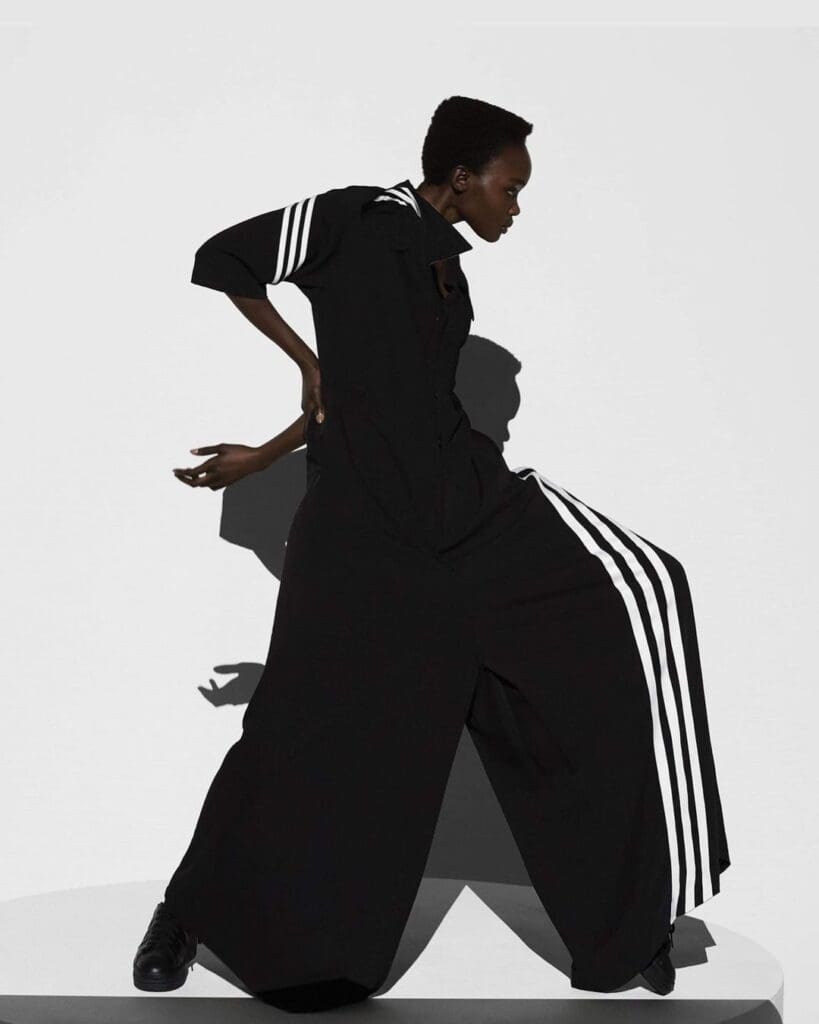
The exhibition, featuring over 200 pieces, traces the history of fashion from the 18th century to the present day, primarily drawing from the museum’s own collection. Thoughtfully timed to coincide with the approaching 2024 Olympic and Paralympic Games in Paris, the Palais Galliera’s curation brings sportswear face to face with everyday attire. Through this juxtaposition, we witness the fascinating transformation of sportswear and its power over fashion from its nascent days to its ubiquity in modern life.
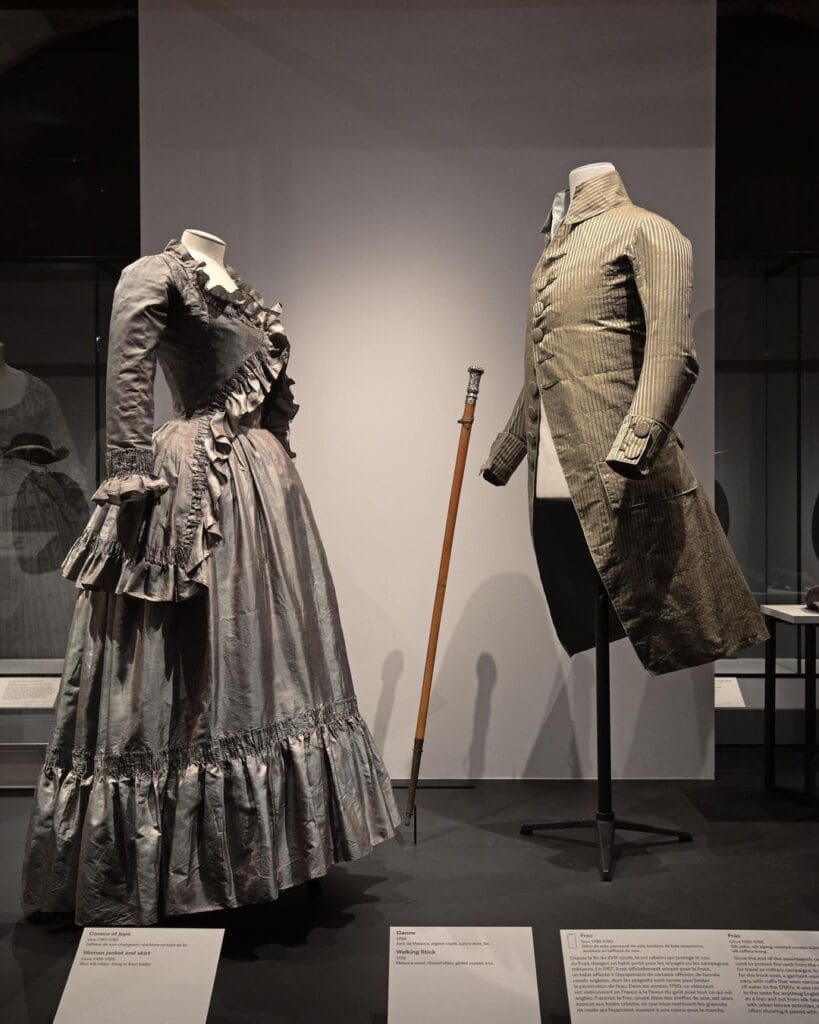
At its core, this exhibition explores the symbiotic relationship between clothing and the evolving ideals surrounding the human physique. The journey begins in 18th century England, where the aristocratic class started to embrace outdoor leisure activities, birthing physical exercise and sport as we now know it. It was during this era that Jean-Jacques Rousseau’s writings scrutinizing the constraint of current clothing popularized the idea of beauty and health being dependent on bodily movement. Thus, French society, influenced by these hygienist doctrines, subsequently embraced physical activity, setting in motion a seismic shift in attitudes towards the body, both male and female.
The curation…
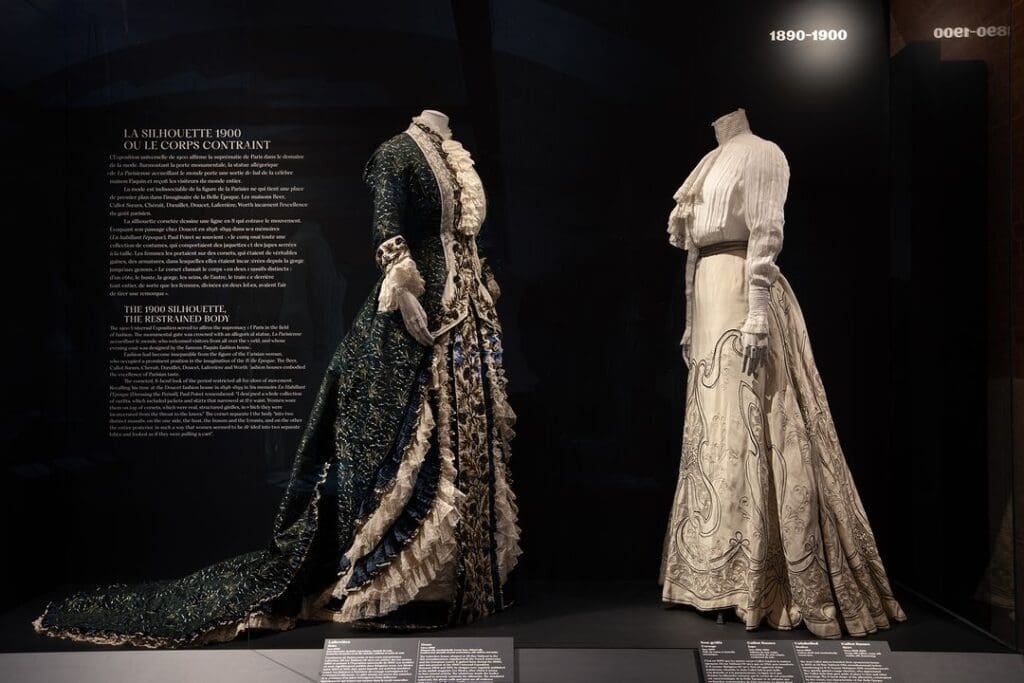
The space is laid out chronologically, starting with the traditional corseted dresses of the 1800s, exquisite in their attention to detail and showcasing meticulous rows of delicate buttons, billowing cotton hems, and artfully draped pleats. The open-plan layout, however, allows for a seamless transition from one era to the next, allowing you to discern the subtle nuances in form and style that mark each era as distinct from its predecessor.

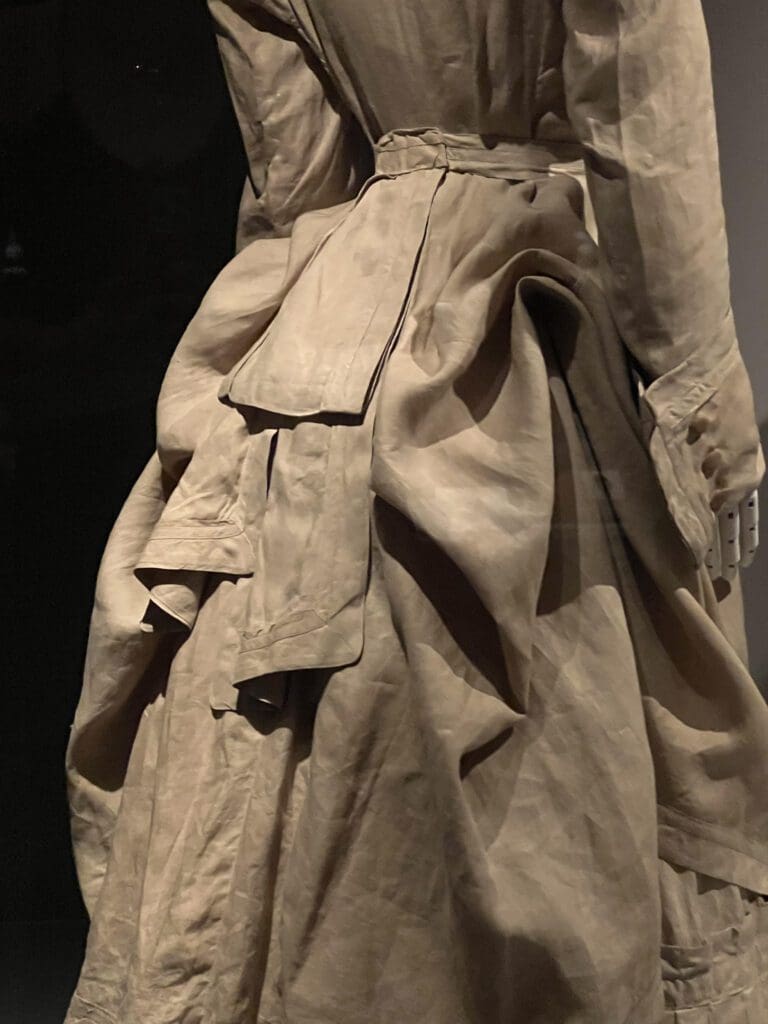
Quieter than its counterparts, the exhibition room makes use of calming low light, with spotlights highlighting each beautiful display. Perfectly climate controlled to preserve its precious collection, the space offers a gentle embrace, especially on a hot day. Walking from display case to display case — used to protect the delicate artifacts from dust and insect damage — the exhibition not only shows how female dress became specialized and masculinized for physical exercise with clothing, but also explores its role in reshaping both societal norms through a myriad of supplementary material, from accessories, to literature, and historical anecdotes which shed light on the trailblazing tailors and couture houses who shaped sporting fashion through the ages.
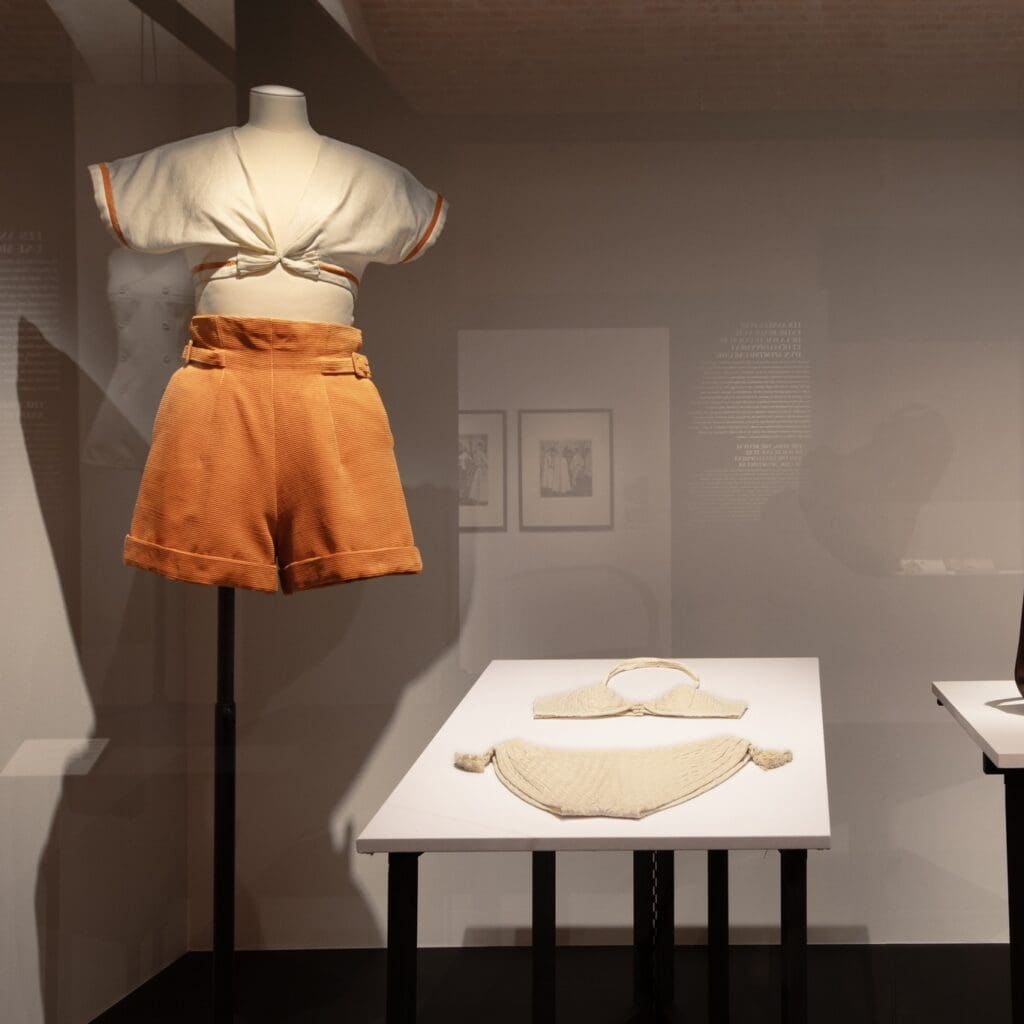
Personal favorites…

Noteworthy among the displays is a pair of women’s cycling trousers, exhibited alongside a 1895 poster showcasing the male fashion elements that influenced this attire. Additionally, a note accompanying the display reveals that female pantaloons created such a commotion in the 1800s that their ban was only formally lifted in 2013. But most captivating — to this writer at least — is the collection by Madeleine Vionnet, who pioneered the revolutionary bias-cut dress. Be sure to stop a while and admire their delicate pastel hues, intricate tailoring, and timeless allure.
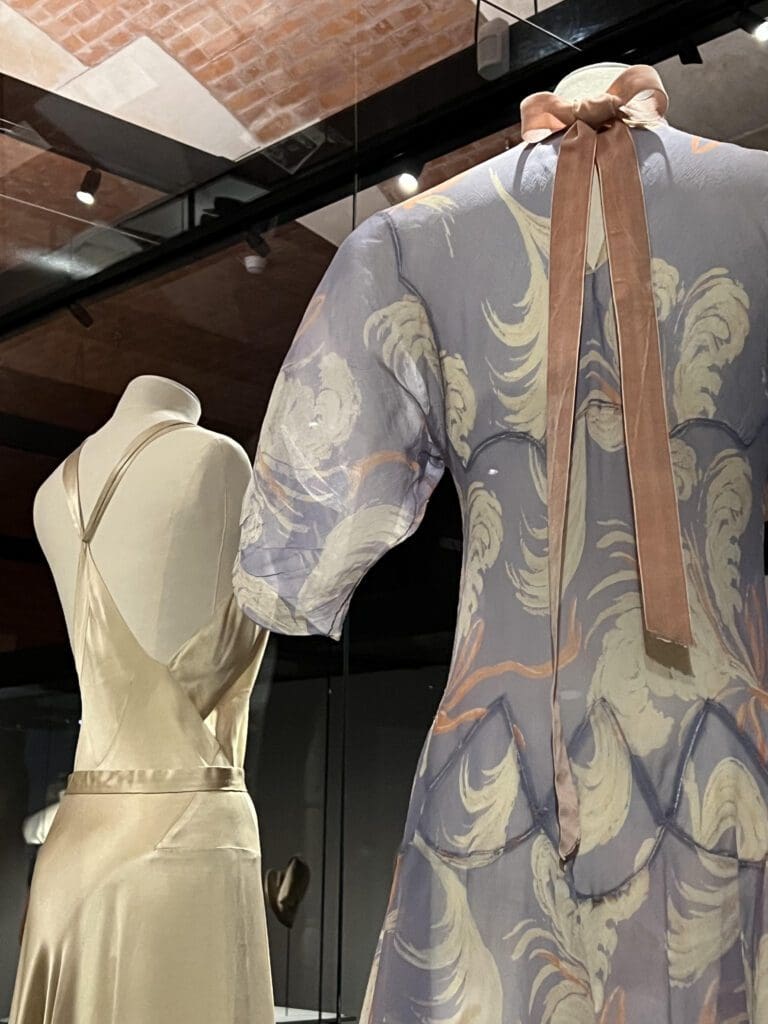
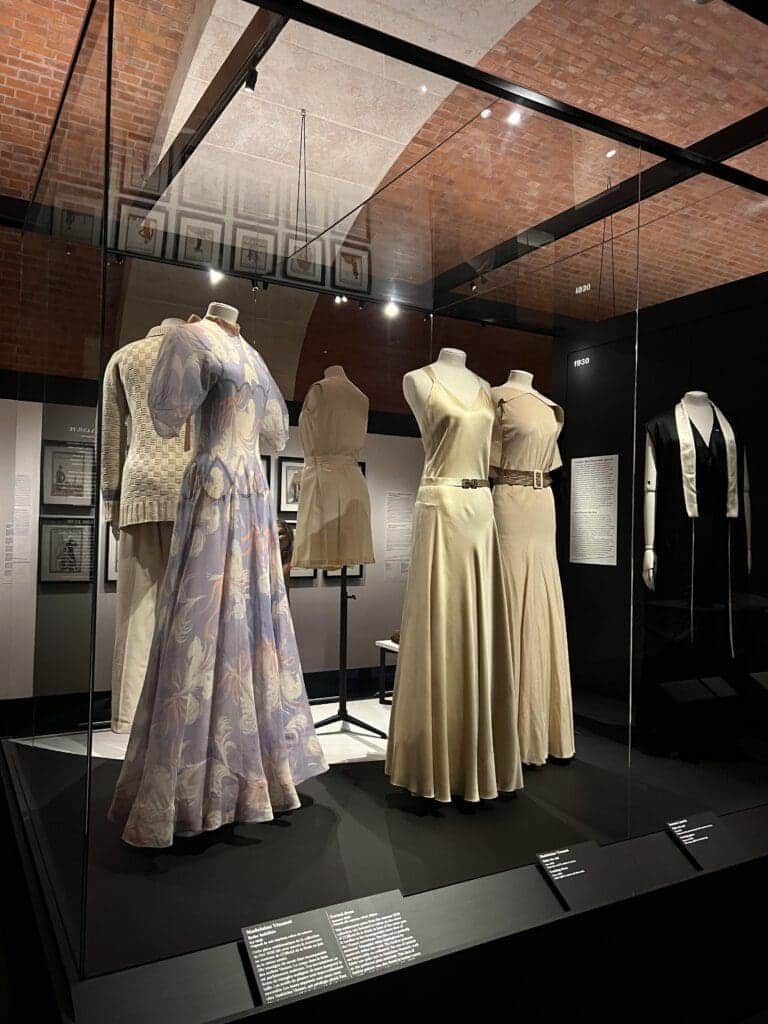
While the earlier decades receive deserved attention, there’s a slight unevenness in the coverage of the later half of the 20th century to the present day, where the relationship between fashion and athleticism arguably reaches its most interesting and blurred intersection. Nevertheless, the mostly in-depth exhibition notes help to fill in where the gallery’s permanent collection may have some gaps missing. And, the minimal aesthetic leaves ample space for personal exploration, allowing visitors to meander at their own pace, absorbing as much or as little information as they desire.

Amidst this abundance, ranging from sleek and tautly laced riding boots to ethereal chiffon ball gowns and even surf-inspired cocktail attire, the experience is much like window shopping, leaving you with an unquenchable desire to possess a fragment of history. Just as savvy fashion boutiques rotate their window displays to entice customers, this exhibition, unfolding across its three parts, entices you to return time and again.
The Palais Galliera is open Tuesdays – Sundays 10am – 6pm.
